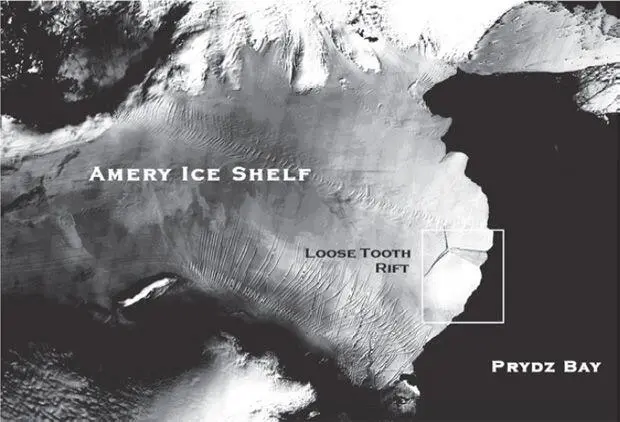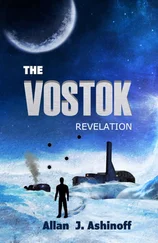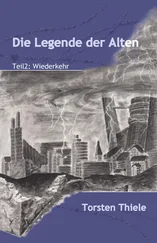It was just after seven in the morning, the night sky conceding a sliver of gray light on the cloud-dense eastern horizon. To the north, Prydz Bay remained frozen as far as the eye could see, its surface reflecting the emerald-green Aurora Australis as it danced across the charged heavens like a slithering ethereal serpent.
The lights of Davis Station beckoned to the west.
Nilsson slung his duffle bag over his right shoulder and double-timed it across the runway, targeting the nearest building. Like other Antarctic bases, Davis was a community of rectangular metal buildings linked by generator lines, antiquated sewage systems, and roads crushed into the snow by four-wheel-drive vehicles, the difference here being the snow had receded to a brown gravel-covered earth.
A relentless gale whipped across Prydz Bay, pelting the marine biologist with “crawlies”—powdery snow particles. Snow blew across Antarctica far more than it fell from the sky, the frigid temperatures keeping it dry and loose, and the wind moving it back and forth like a neurotic decorator. By the time Nilsson reached the drab olive building, every nook and cranny of his clothing was packed with the stuff, forcing him to “degomble”—a term defined as the act of rigorously brushing off before entering a building, thus preventing a future meltdown and sorry mess inside.
Nilsson tugged open the door and passed through an anteroom that helped prevent the loss of heat, then entered the facility. After stripping off his headgear, goggles, gloves, and parka, he set out to locate his contact — a Dr. Liao.
The research center appeared empty. With winter nearly upon them, Davis’s population had dropped from a hundred scientists and support personnel to about a dozen. Nilsson was about to give up his search and move on to the next building when he heard music coming from behind closed double doors at the end of a corridor.
A sign read: COLD LAB. KEEP DOORS CLOSED.
Nilsson entered a heavily air-conditioned chamber connected to a freezer vault. There were four stations set up with long tables to accommodate ice cores, a cutting tool to shave samples, and a microscope. The lab was deserted save for a female scientist in a white lab coat and gloves who was reloading an ice core into a tubular plastic zip-lock bag.
When Nilsson saw the woman, his first thought was that he had mistakenly crossed the wrong airfield and wandered over to Zhongshan Station. She was Chinese and quite stunning. A ten — not an Antarctic ten, which was really a five anywhere else in the world — but a legitimate ten. She was in her late twenties, perhaps her early thirties, her long hair brown and wavy, her skin more tan than pale from having spent the summer months “bronzing” out on the ice.
“Dr. Liao?”
“Ming Liao, yes. Are you the marine biologist?”
“Yes. Thomas Nilsson. What’s the emergency? You find the Abominable Snowman or something?”
“Sorry. What is Abominable…?”
“The Yeti. It was a joke… Never mind.”
“Ah, very funny. No, not the Yeti. Tell me, Dr. Nilsson, what do you study in Antarctica?”
“Emperor penguins.”
“I see. No big predators?”
“You mean like killer whales? Sorry. Just the penguins.”
“What about Loose Tooth? Are you familiar with it?”
“Your killer whale has a loose tooth?”
Her expression soured. “What?” She shook her head as if to erase the conversation from her brain. “Loose Tooth is an ice rift. We have a chopper waiting. I will explain on the way.”
* * *
Thomas Nilsson held on to the seat in front of him as the AS-350BA Squirrel flew with its nose down against the wind, the single-engine five-passenger helicopter soaring over Prydz Bay en route to the Amery Ice Shelf.
Seated in back next to Nilsson, Liao had to use her headset to be heard over the thunderous rotors. “For the record, doctor, I am a geophysicist assigned to Zhongshan Station. China is working with Australia and the United States on this discovery.”
“But not the Russians?”
“The Russians control Vostok. There may be a conflict of interest.”
“What does Vostok have to do with the Amery Ice Shelf? The lake’s a good eight hundred miles away.”
“True, but beneath the ice are interconnecting rivers and lakes. You did not know this?”
“Sorry. I’m not well-versed on the geology of the freezer, just the penguins. Where are we headed?”
She removed a folder from a mesh pocket behind the pilot’s seat in front of her and opened it, handing him a satellite photo.
“This is the Amery Ice Shelf. It is over four hundred kilometers long, or about two hundred and fifty miles. We’ve been studying this highlighted area — a twenty-nine-kilometer-long rift nicknamed ‘Loose Tooth’ that first appeared seventeen years ago. It consists of two longitudinal-to-flow crevasses. Two transverse-to-flow rifts formed years later. The fissures had been opening at a rate of three to four meters a day, but the rift has recently accelerated. We anticipate Loose Tooth will calve into Prydz Bay within the next five to seven years.”

“I’ll alert the Tooth Fairy. Again, why am I—”
Nilsson hugged the seat in front of him as the helicopter suddenly climbed to a higher altitude. Stealing a glimpse out of the cockpit window, he saw the sheer white cliffs of the Amery Ice Shelf rising a thousand feet above the frozen bay.
Moments later they were flying over the top of the ice shelf — a flat white plateau of packed snow violated by an immense, jagged crevasse. The fissure was as wide as an eight-lane highway, its sunken crack filled with loose blocks of collapsed snow and blue ice originating from below. The rift seemed to run endlessly to the southern horizon, splitting open the ice desert like the San Andreas Fault.
“It’s huge. How deep is it?”
“It drops four hundred meters to the sea — about a quarter of a mile down — but it will thicken to four times that depth as we move away from the bay. Our destination is up on the left.”
The chopper slowed to hover, the pilot attempting to stabilize the aircraft for a landing. Below was a hastily assembled base camp. Nilsson counted three four-wheel-drive vehicles, each possessing skis for front tires and traction belts rigged to their rear axles. There were also six Ski-Doos — small transports that resembled motorbikes on skis.
Dominating the scene was a crane that towered three stories over the eastern edge of the rift, its cable attached to something hidden beneath a white tent large enough to conceal two eighteen-wheel trucks.
The pilot targeted his landing area, adjusted his pitch, and dropped the helicopter. Nilsson’s teeth rattled when the strut hit the ice.
Liao dressed, speaking quickly. “You are here, Dr. Nilsson, because we found something in the crevasse that is beyond explanation. We need you to identify the species.”
Suddenly more curious than irritated, Nilsson followed her out of the swaying cabin onto the ice sheet. By now the sun was up, the wind maintaining temperatures of minus thirty. Steam rose from beneath the hoods of the running vehicles, their built-in electric heaters preventing the engine blocks from cracking.
Liao led him to the tent. She unzipped a door flap and he ducked inside.
The air was heavy with musk and exhaust from the gasoline generators that powered the lights and hot-air blowers. Perhaps a dozen men — Asians and Aussies and a few members of the Scripps Institute — were busy snapping photos. One researcher hacked at the melting ice with a bog chisel, impatient to reach the coveted tissue samples.
Читать дальше













